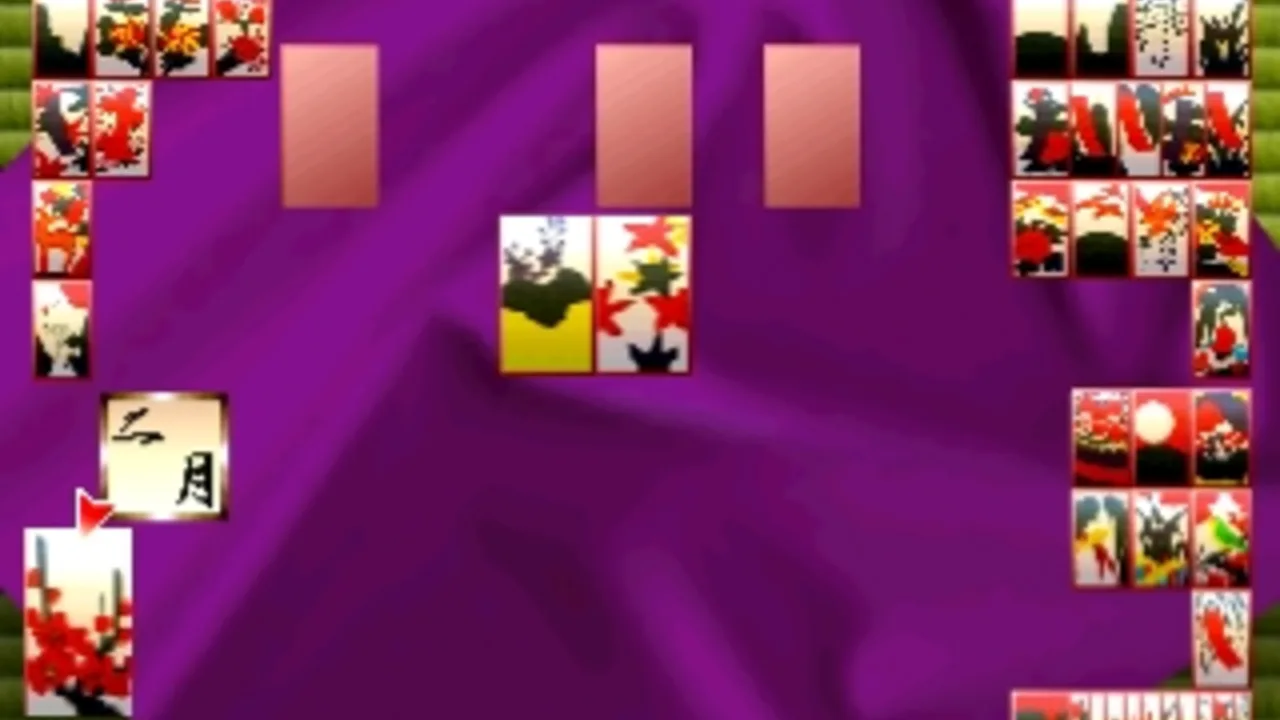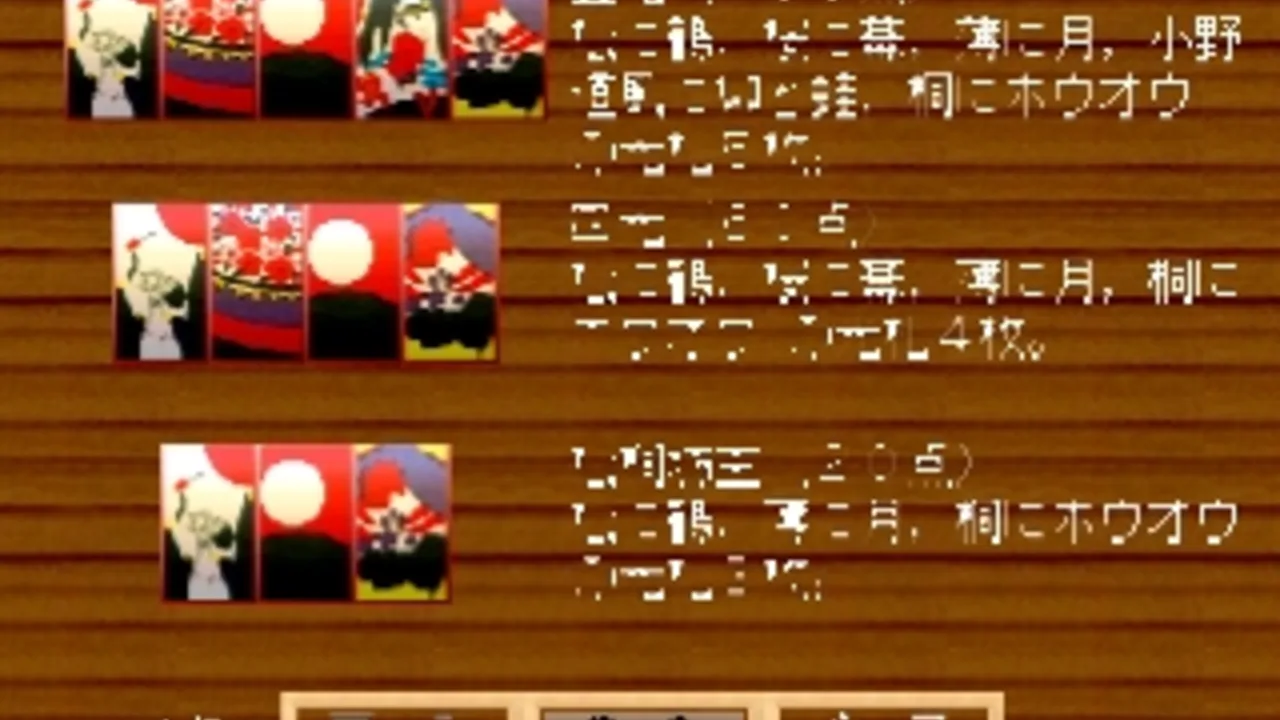Simple 1500 Series Vol. 43: The Hanafuda 2

Buy
Part of collection:
Simple 1500
(last 3 games)

Fans of classic aircraft take to the skies in Aces of the Air for the PlayStation. Pilot the vintage fliers in realistic 3D combat missions featuring old-school dogfighting techniques and ground combat. Each successfully completed mission earns players a new plane, all created with their own strengths and weaknesses. Those a bit nervous about the first flight will be happy to know a training mode teaches new fliers the basics of vintage aircraft control. Aces of the Air features realistic, 3-D flight simulation, with a focus on dogfighting techniques using vintage aircraft. Missions include aerial combat, strafing ground troops and materiel, and taking out heavily fortified enemy positions.

The first dodge ball game released on the PlayStation, All-Star Slammin' D-Ball features a horizontal view of the court as eight teams compete in one of two modes: Single Match and Tournament. Teams are individually rated from one to five in throwing, catching, dashing, and dodging abilities. Offbeat male and female characters of varying skill play for the Wild Cats, Pranksters, Heart Breakers, Ninjas, Snipers, Fireballs, Thunder Bolts, and Elementals. The game follows the general rules of dodge ball, in that the object is to knock out the opposing members of a team within a time limit. Players with the ball can aim right, left, high, or low. Thrown balls can be caught by the opposing team, which awards them points. These points can then be used to implement special throws such as the grenade, boomerang, and the screwdriver, making the balls more difficult to avoid or catch. Options include adjustable time limits for Single Matches and three levels of difficulty.

Simple 1500 Series Hello Kitty vol.3 Hello Kitty Block Kuzushi is a classic breakout game, in the style of the classic arcade game Arkanoid, in which the player controls hello kitty and has to destroy all the bricks in each level to advance to the next one. There are special bricks like in Arkanoid that allow the player to use speciall attack in the ball, like the slow effect, the fast attack, etc. The game got different levels depending of the player choices (in one you go through levels of letter C and in other in levels of letter B for example), each letter is divided into 5 different brick levels. After passing a level the player unlock a picture that he can later colour in the album mode.
Could be interesting

Ikasama Cheating Mahjong is a mahjong game with a story mode in which the player controls a mahjong player that to advance in the game have to play in some illegal mahjong matchs, the game got some strange features like all the players can try to cheat during a match but they can be caught by the rest of the players and be punished.
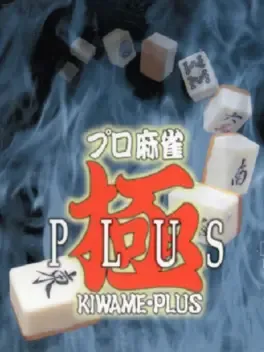
Pro Mahjong Kiwame Plus is a mahjong game, and is the first game in the series released for the Sony PlayStation console. The game features 16 different real mahjong players as opponents and the game mode is a 4 player vs mahjong. The game features 3 game modes: Professional, Gamble & Training.

Pro Mahjong Kiwame Plus II is a mahjong game and is the second game in the series released for the Playstation One console. The game features 16 different real mahjong players as opponents and the game mode is a 4 player vs mahjong. The game got 3 game modes: Professional, Gamble & Training. Mahjong is a game for four players that originated in China. It was called, meaning sparrow in ancient China, which is still the name most commonly used in some southern Chinese dialects such as Cantonese and Minnan, as well as in Japanese. However, most Mandarin-speaking Chinese now call the game má jiàng. Mahjong involves skill, strategy, and calculation, as well as a certain degree of luck (depending on the variation played, luck can be anything from a minor to a dominant factor in winning). In Asia, mahjong is also popularly played as a gambling game. In the game, each player is dealt either thirteen or sixteen tiles in a hand, depending on the variation being played. On their turn, players draw a tile and discard one, with the goal of making four or five melds (also depending on the variation) and one pair, or "head". Winning comes "on the draw" by drawing a new or discarded tile that completes the hand. Thus, a winning hand actually contains fourteen (or seventeen) tiles.
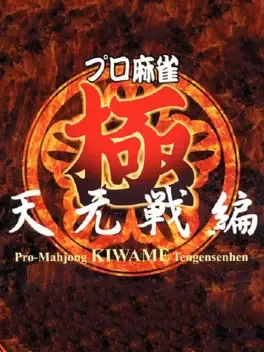
Pro Mahjong Kiwame is a four player Riichi mahjong game, unlike most one-on-one Mahjong games released at the time and the modern casual games. Players take and discard tiles until they've completed hands by forming groups and pairs.

Nippon Pro Mahjong Renmei Kounin: Doujou Yaburi 2 is a Majong board game, developed by Naxat Soft and published by Chat Noir, which was released in Japan in 1999.
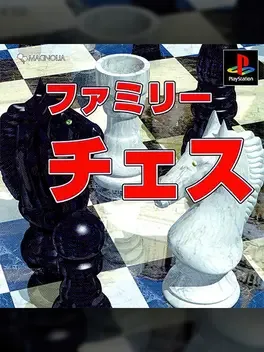
Family Chess is a chess simulation game published by Magnolia and released in Japan in 2002.
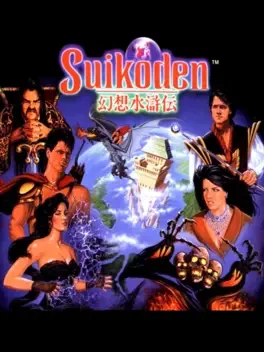
Suikoden is a Japanese-style role-playing game with several unusual additions. There are three kinds of combat in the game, the most common one being the traditional turn-based party combat (players can have up to six people in their active party). Magic runes can be equipped on the player's characters which allow limited usage of offensive and healing spells. There are also a few army battles, where the player must control whole units of fighters, archers, magicians, etc., and one-on-one fights (duels).

Bakuretsu Akindo Uchuu Goushouden is a sugoroku board game (Japanese backgammon) that takes its players to the universe. Gameplay offers a high degree of freedom. Player can choose to make money slowly by taking up ordinary jobs, or take a risk and make a fortune at one stroke.
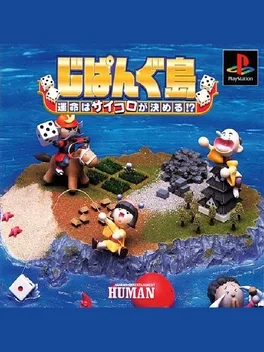
The main object of this history-based simulation board game is to control as many battle positions as possible. Procurement of all necessary resources is ultimately determined by a roll of the dice. Use the resources allotted to you to build roads and castles, or to strengthen your military. Instead of a good war strategy, your management of resources is what actually determines whether you win or lose.

Hanafuda Graffiti - Koi Monogatari uses that Hanafuda rules and features different girl character to play vs and also different game modes (story and vs). In the story mode the player controls a young boy that will go around town meeting different girls and play hanafuda games with them.




